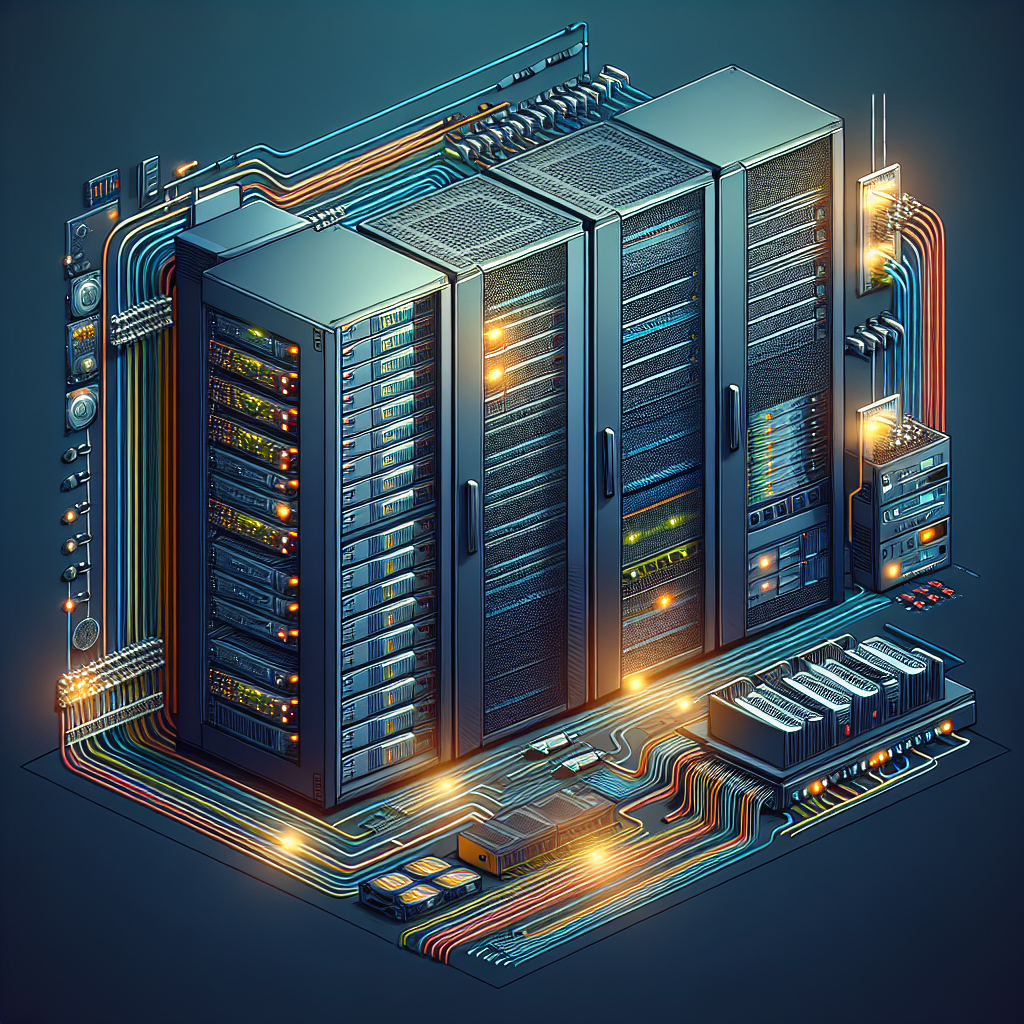Data centers are the backbone of modern business operations, housing the servers and equipment that store and process vast amounts of data. In order to ensure that these facilities run smoothly and efficiently, it is crucial to understand the role of power distribution in data center infrastructure management.
Power distribution in a data center refers to the process of delivering electrical power from the primary source to the various components within the facility, such as servers, storage devices, and networking equipment. This process involves several key elements, including transformers, switchgear, distribution panels, and power distribution units (PDUs).
One of the most important considerations when designing a data center’s power distribution system is redundancy. Redundancy ensures that if one power source fails, there is a backup power source available to keep the facility running smoothly. This is achieved through the use of multiple power sources, such as utility feeds and backup generators, as well as redundant power distribution paths to ensure that power is always available to critical equipment.
Another key consideration in power distribution is scalability. As data centers grow and expand, the power distribution system must be able to accommodate increased power demands without causing disruptions to operations. This often requires careful planning and design to ensure that the infrastructure can be easily expanded or upgraded as needed.
Efficiency is also a critical factor in power distribution. Inefficient power distribution systems can lead to wasted energy and increased operating costs. By using energy-efficient components and design practices, data center operators can reduce their energy consumption and lower their overall operating costs.
Monitoring and management of power distribution is another important aspect of data center infrastructure management. By using advanced power monitoring tools and software, operators can track power usage, identify potential issues, and optimize power distribution to maximize efficiency and reliability.
Overall, understanding the role of power distribution in data center infrastructure management is crucial for ensuring the smooth and efficient operation of these critical facilities. By designing a redundant, scalable, and efficient power distribution system, data center operators can minimize downtime, reduce operating costs, and ensure that their infrastructure can support the growing demands of modern business operations.


Leave a Reply